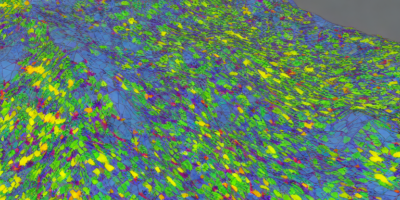
Computer Science, Machine Learning
Bridging the gap between complex scientific research and the curious minds eager to explore it.
Page 31/179
LLaMA-2, the next generation of LLaMA. Meta trained and released LLaMA-2 in three model sizes: 7, 13, and 70 billion parameters. The model architecture remains largely unchanged from that of LLaMA-1 models, but 40% more data was used to train the foundational models. The accompanying preprint also mentions a model with 34B parameters that might be released in the future upon satisfying safety targets.

Computer Science, Machine Learning
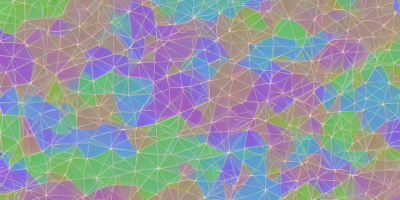
Mathematics, Numerical Analysis
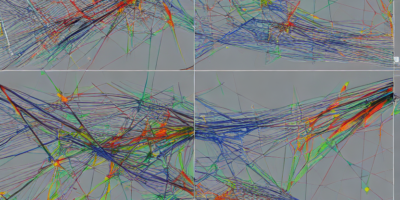
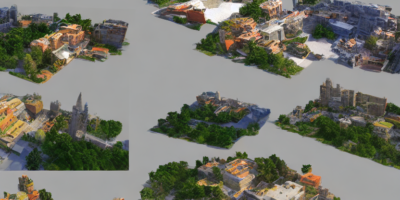
Computer Science, Computer Vision and Pattern Recognition
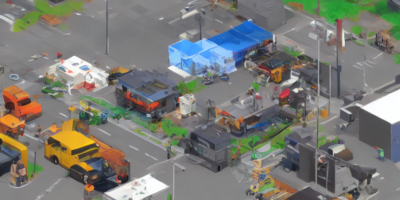
Computer Science, Human-Computer Interaction
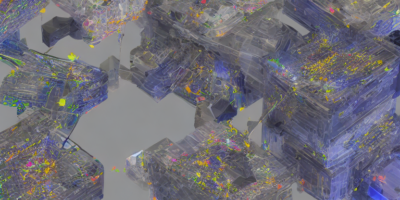
Computer Science, Computer Vision and Pattern Recognition
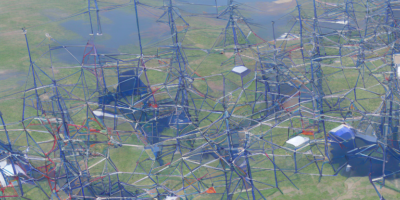
Computer Science, Cryptography and Security

Electrical Engineering and Systems Science, Systems and Control

Computer Science, Computer Vision and Pattern Recognition
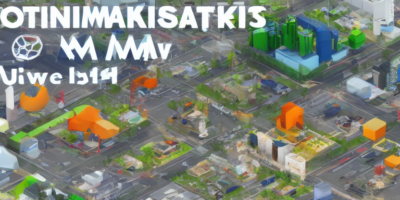
Computational Engineering, Finance, and Science, Computer Science
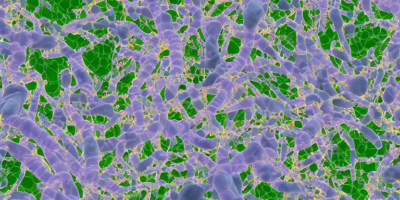
Electrical Engineering and Systems Science, Image and Video Processing
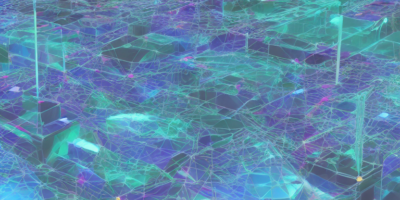
Computer Science, Hardware Architecture

Computer Science, Computer Vision and Pattern Recognition
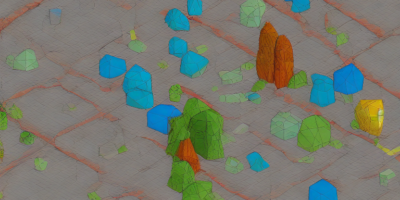
Computer Science, Computer Vision and Pattern Recognition


Computation and Language, Computer Science

Computer Science, Networking and Internet Architecture
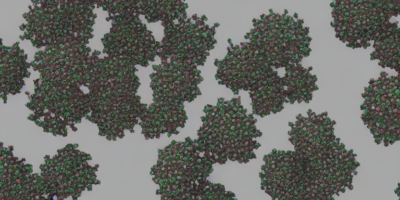
Computer Science, Data Structures and Algorithms

Computer Science, Computer Vision and Pattern Recognition
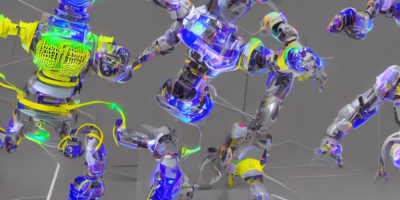
Computer Science, Computer Vision and Pattern Recognition